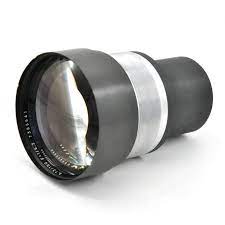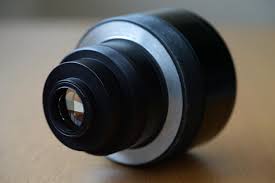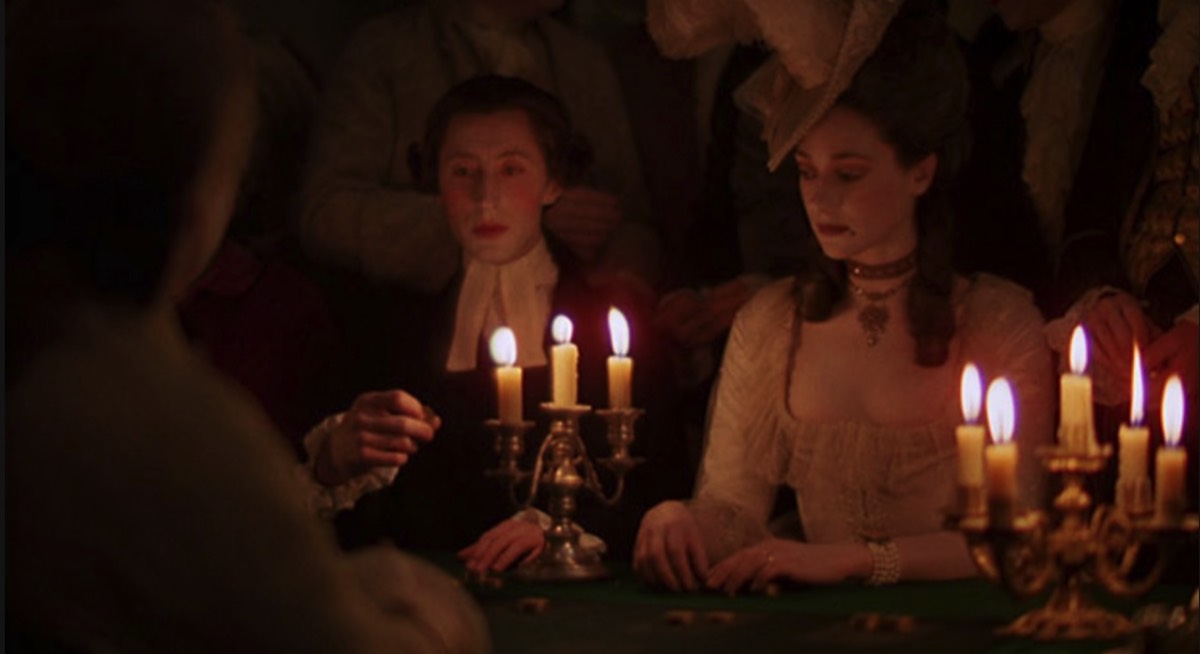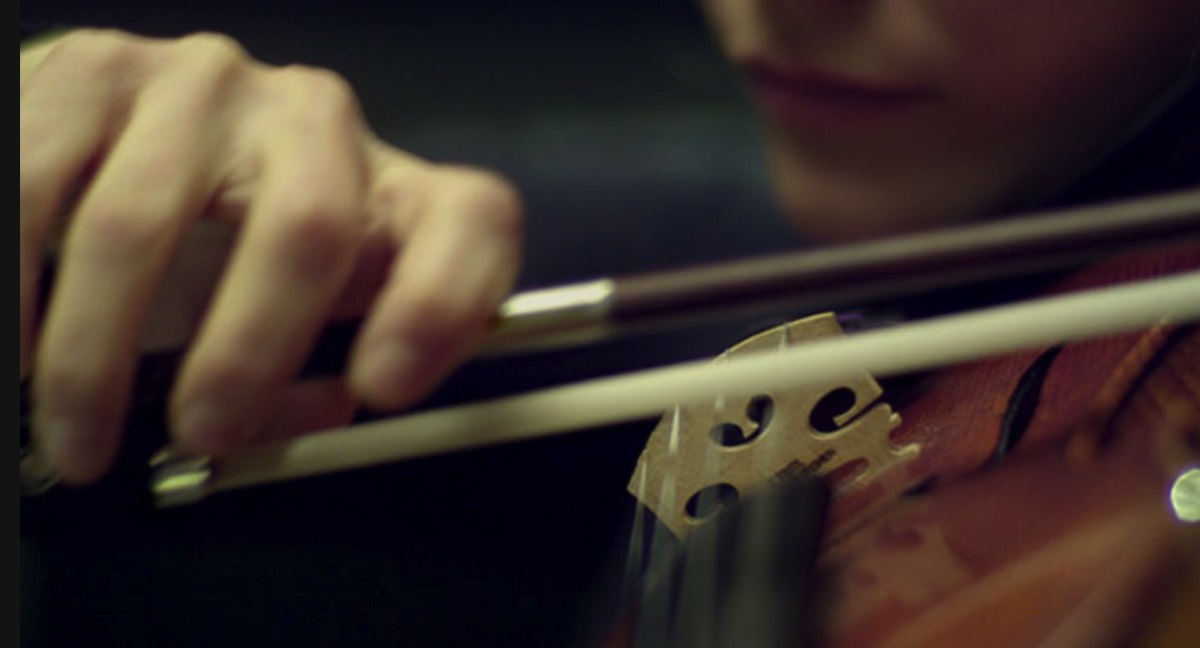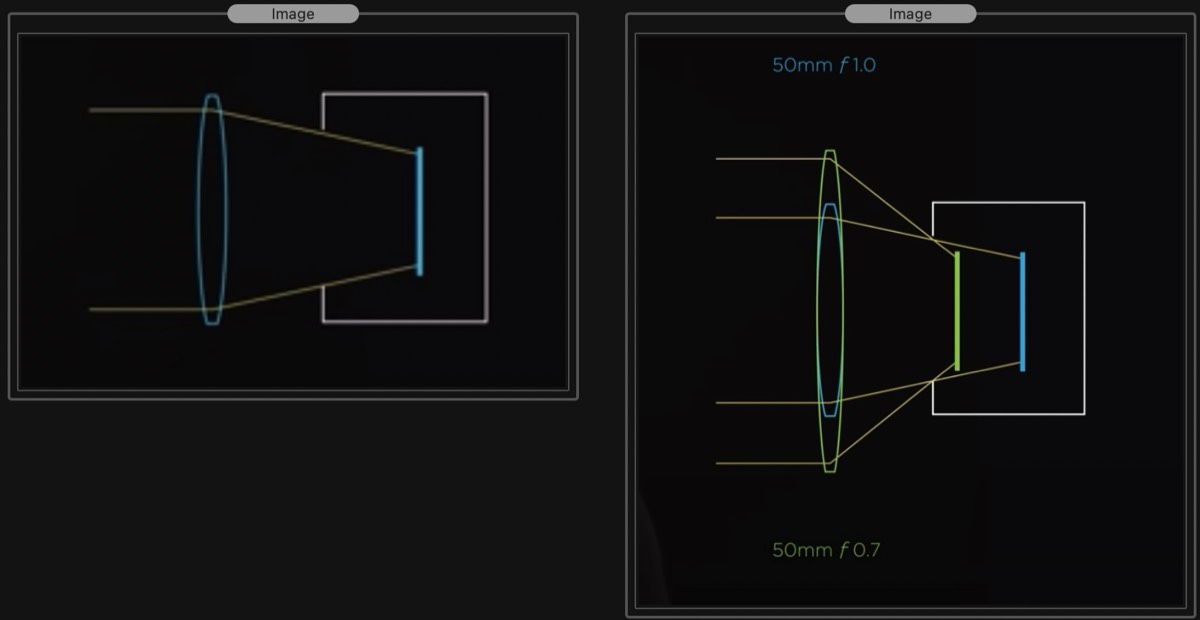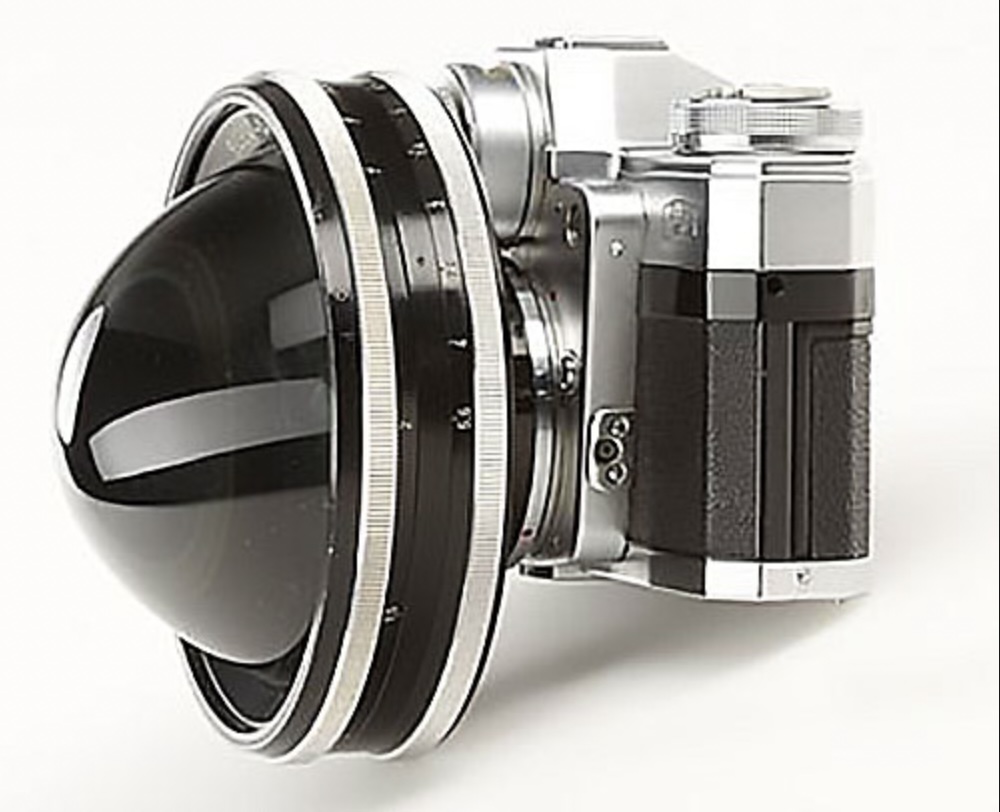The Lens details of a series of images taken by Steve Cushing on mirrorless camera.
I suppose some folks would say maybe I should not be tinkering with projection lenses that aren’t designed for photography so I can put them onto my digital camera. But I am a creative person who loves the unusual and playing with imperfections so I can't stop just with projection lenses. I need to try to take pictures with everything else that contains glass! This irresistible desire was the perfect starting point to play with X-ray optics. So after the "projection lenses", next to play with a few x-ray lenses!
History
Carl Zeiss was born in Weimar on 11 September 1816. He built microscopes in Jena from 1846 onward.
The correct way to pronounce "Jenna" is to make it sound like "Yenna" in English.
The history of Zeiss mirrors German history and all of its highs and lows. It was founded as a business in 1846. World War I, the global financial crisis and World War II were years of ups and downs.
Carl Zeiss Jena had become a Social-Democratic bulwark. From 1933 and through World War II Carl Zeiss supported the Nazi regime as did most major German industries. About 1937 the atmosphere at Dresden changed (something was coming) and civilian projects were put on low priority, and military items, such as gunsights, bombsights, etc were being pushed. The prototypes were kept in the lower (second) basement level and all further work was done by the devoted staff on their own time, usually during the lunch periods.
When World War II began in September 1939 there was an air of invincibility in Germany, and in keeping with traditional practice, Zeiss products proudly borne the makers trademark and city of origin of the product. Forced foreign labourers (Fremdarbeiter) were brought to work at Carl Zeiss Jena manufacturing facilities.
Hubert Merwin was Director of the design department of Zeiss-Ikon Dresden from 1932-1945 and Zeiss-Ikon Stuttgart from 1945-1949. When Mr. Nerwin joined Zeiss, the first CONTAX camera (later designated as Contax I) was already in production. Zeiss made numerous improvements in the camera design many of them affecting the external appearance. The camerastore-owners complained to Zeiss Ikon, that the frequent changes harmed the sales. Mr. Nerwin estimated, that during the course of two years, there were design changes (external and/or internal) about every three months; naturally, some of those changes were minute, and not necessarily discernible by the dealer/customer. In 1933 it was decreed, that no more external changes should be made on the Contax I. All the improved concepts being developed, were to be incorporated in the forthcoming CONTAX II, then on the design boards.
This explains the various Contax I versions, while the Contax II and the subsequently released Contax III, seemed to be completely uniform in appearance. Actually, the Contax II and III also contained internal changes—but by decree, none of these changes were to be detectable by the dealer/customer, judging external appearance.
Around 1936-1937, when the Contax RF cameras well established, the idea of a reflex finder camera was explored by the design group- The concept was to produce a reflex camera body, that could use the external bayonet lenses of the Contax RF cameras (85 mm focal length and longer).
In 1945 the U.S. Third Army advance, and on April 13 the regimental combat team 80th Division cleared Jena where they found the Carl Zeiss factory complex. It had sustained what they described as "surprisingly little effective bomb damage"
After the defeat of Nazi Germany in WWII, in compliance with the Yalta agreements the U.S.military forces departed. In June or early July the Russian military forces occupied Jena and the remainder of what became East Germany (German Democratic Republic). Russians 'appropriated' the original optical equipment and designs from Carl Zeiss factory in Jena. Carl Zeiss know-how was one of the most prized possessions of the post-war era and helped accelerate innovation in the USSR's optical industry, After the war ended, the Contax RF model dies were taken by the Russians to Kiev, along with certain drafted Zeiss staff, to replace the lost or missing dies and production tools. By one year later, the Russians had evacuated much of the remaining technical and management staff and about 92% of the Carl Zeiss Jena manufacturing facilities to the east. But the Russian fear of possible further conflict with the western allies rendered moving any production capability into a more defensible Russian province a sensible strategic step.
The Zeiss staff remaining at Dresden, then decided to proceed with the production of the Contax SLR model; because of the departure of the Contax dies, the Zeiss staff decided to change the lens mount and use a 42mm screw-in mount, and chose to use a horizontally moving, cloth focal piano shutter, because the tooling for a cloth shutter was much Simpler, and quicker. The postwar Dresden Contax SLR was produced under the direction of Mr. Winzenburg, who took over the design group after Nerwin left for Stuttgart where they assembled assorted prototypes, machine tools, dies, hand tools and trucked in to Berlin-Zellendorf. Production resumed in September 1945. It took the Stuttgart team seven weeks to return to Stuttgart with American military assistance) because of Russian intransigence.
So after WWII, there were suddenly two Zeiss-Ikon companies, one in East and the other in West Germany. The "Zeiss Stiftung von Jena" established at Heidenheim with the "Opton-Optische Werstatte Oberkochen GmbH" factory at Oberkochen on the banks of the Kocher River near Stuttgart. The Schott Glass Works subsidiary was located at Mainz.
The West German branch, in Stuttgart, developed an all-new line of rangefinder cameras using the Contax bayonet lens mount, and launched the Contax IIa in 1950. Meanwhile, the East German group completed work on an all-new SLR camera that had been in development since the beginning of the War. This camera was introduced at the 1948 Leipzig Fair as the Contax S. The Contax S was the originator of the M42 lens mount, which was immediately adopted by KW as they reintroduced the prewar Praktiflex as the Praktica with the new mount. In addition to introducing the M42 mount, the Contax S also gave us the first eye-level pentaprism viewfinder, and it was also the first optical viewfinder system to provide (with the standard 58/2.0 lens attached) a 1:1 magnification in the finder. Zeiss was reformed in West Germany and became Zeiss Icon, Early 1970's tensions between the two firms between the two firms peaked (as they did between East and West) with each of both companies claiming the exclusive rights to the patents, trademarks and traditions of "Carl Zeiss". This culminated in a series of legal battles around the globe, among these was one resolved by U.S. Supreme Court granting rights to the name "Zeiss" to the West German Zeiss firm. Many trademark disputes followed with the part that was left in East Germany. Stuttgart became the Wests company's domicile.
Zeiss Ikon merged in the mid 1960s with Voigtländer, another important German manufacturer, and one that had been controlled by the Zeiss Foundation since 1956. Zeiss Ikon ceased the production of cameras in 1972. This was a great shock for the entire German camera industry. Parts of the Zeiss Ikon product line then went to Rollei, and part of the know-how was used to revive the Contax name in collaboration with the Japanese maker Yashica.
This Lens
Carl Zeiss R-Biotar 50 f0.7
This isn an x-ray lens the R stands for R(=ROENTGEN=XRAY)-Biotar
This is a rare, super-fast lens that was designed for use with X-Ray machines. There’s very little information available about the lens online other than that, and even fewer example images. I spotted one up for sale on eBay a while ago, and decided to take the chance to see if I could do anything with it. It’s not every day you get the opportunity to shoot with one of the fastest lenses ever made, after all.
Maximum aperture of the lens is f/0.77. It delivers soft and flexible image with beautiful bokeh and well proven, gradual tonal transitions.
if you have a few million to spend the Carl Zeiss Planar 50mm f/0.7 is one of the largest relative aperture (fastest) lenses in the history of photography.The lens was designed and made specifically for the NASA Apollo lunar program to capture the dark side of the Moon in 1966.
Stanley Kubrick used these lenses when shooting his film Barry Lyndon, which allowed him to shoot scenes lit only by candlelight.

